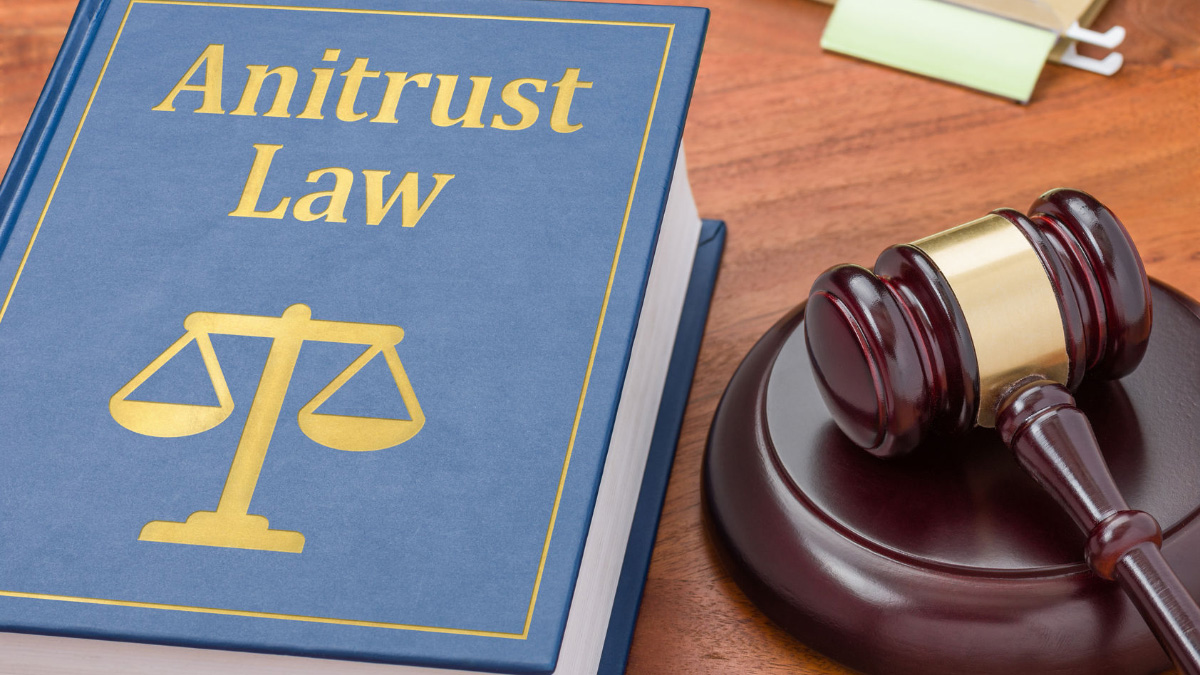As Fred McChesney and I wrote 26 years ago in the introduction to our edited volume titled The Causes and Consequences of Antitrust: The Public-Choice Perspective (University of Chicago Press, 1995), the Chicago School’s approach to the enforcement of antitrust (competition) laws is schizophrenic.
Largely happy to accept the implications of George Stigler’s economic theory of regulation (1971) and its formalization by Sam Peltzman (1976), few scholars nowadays accept the naïve proposition that price and entry controls on private firms are designed (or even intended) to protect consumers against abuses of market power. Too much evidence has accumulated before and since—showing that regulatory intervention into private markets is ineffective or that its consequences often are perverse—to conclude that regulatory agencies operate in the “public’s interest.”
Nor should it be possible for the defenders of the public-interest theory of regulation to escape criticism by resorting to the shopworn phrase “unintended consequences.” As Prof. Stigler wrote in “A Supplementary Note on Theories of Regulation (1975)”, an essay published in his The Citizen and the State, “mistakes” can explain both everything and nothing. If a regulatory regime were found to result in higher prices for consumers and larger profits for producers (a very common empirical finding), surely that “error” would be corrected by amending or repealing the relevant regulatory statute. If not, as Stigler concluded, the actual effects of regulation must be the intended effects.
Stigler advanced what has since been known as the “capture” theory of regulation. His theory was based on ideas in Mancur Olson’s Logic of Collective Action (Harvard University Press, 1965), a manuscript cited by Stigler in his Spring 1971 article in the Bell Journal of Economics and Management Science (now the Rand Journal of Economics). Olson’s insight was to explain why small, homogeneous and well-organized groups of individuals (or firms) tend to dominate political processes at the expense of larger, heterogeneous and less-well organized groups: the “law of 1/N”, where N is the number of group members. Stigler adapted those ideas to illuminate the outcomes of regulatory processes in which the interests of producers dominate those of the mass of unwashed consumers.
While many economists continue to plow the theoretical fields in search of “optimal” regulation without acknowledging the political contexts in which regulatory agencies function in the so-called real world, the Chicago School’s interest-group theory of regulation dominates the modern literature. Curiously, however, the antitrust laws and their enforcement have escaped by and large being brought within the ambit of Chicagoan analyses of public policy.
Antitrust is seen in Chicago (and nearly everywhere else) as somehow “different” from ordinary economic regulation of prices and entry conditions into narrowly defined “markets” for electric power and other “public utilities.” That mindset becomes even more curious insofar as Judge William Landes warned long ago of the increasingly regulatory nature of antitrust decrees. Richard Posner once called for the abolition of the Federal Trade Commission, courts having ruled that the FTC can bring charges under Section 5 of the Federal Trade Commission Act (1914) against virtually any law violation the Justice Department can prosecute under the Sherman Act (1890), the first competition law enacted on the planet; Judge Posner later recanted.
Standing on the shoulders of at least one giant, my former colleague and frequent co-author the late Robert Tollison, I laid out the special interest group basis of antitrust in Antitrust Policy and Interest-Group Politics (Quorum, 1990). That book documented the political pressures brought to bear on antitrust law enforcers, including those of congressional oversight committees and the competitors of antitrust defendants, that shape enforcement outcomes at every stage of the process. The rent-seeking and rent-defending efforts of the parties involved in both public and private antitrust lawsuits are consistent with Olson’s Logic. The antitrust authorities, no less than regulatory authorities, are vulnerable to capture by the collective interests of groups having the most salient stakes in antitrust law enforcement outcomes.
It is tempting to think that antitrust law enforcers—and the judges who rule on such matters—are immune from the self-interested motivations of ordinary mortals, that the parties involved look only to the “public’s interest” by protecting consumers from the depredations of profit-seeking business enterprises. A review of more than a century of the actual practices of applying the relevant laws points in the opposite direction.
Antitrust is economic regulation and, as such, is amenable to scholarly evaluations of it within the same analytical framework. If not, scholars will continue to bemoan antitrust’s failures rather than seeing them as the predicable outcomes of an understandable political process, helping to explain the secular rise and fall of activist intervention against mergers and the behaviors of so-called dominant firms both at home and abroad.
Antitrust bureaucrats, judges and the parties who can bring the laws to bear to their own benefit are rational actors, not Madison’s fictional angels able to shed their parochial interests in the courtroom. The evidence is clear. Chicago School scholars, if anyone, should take off their rose-colored glasses.











